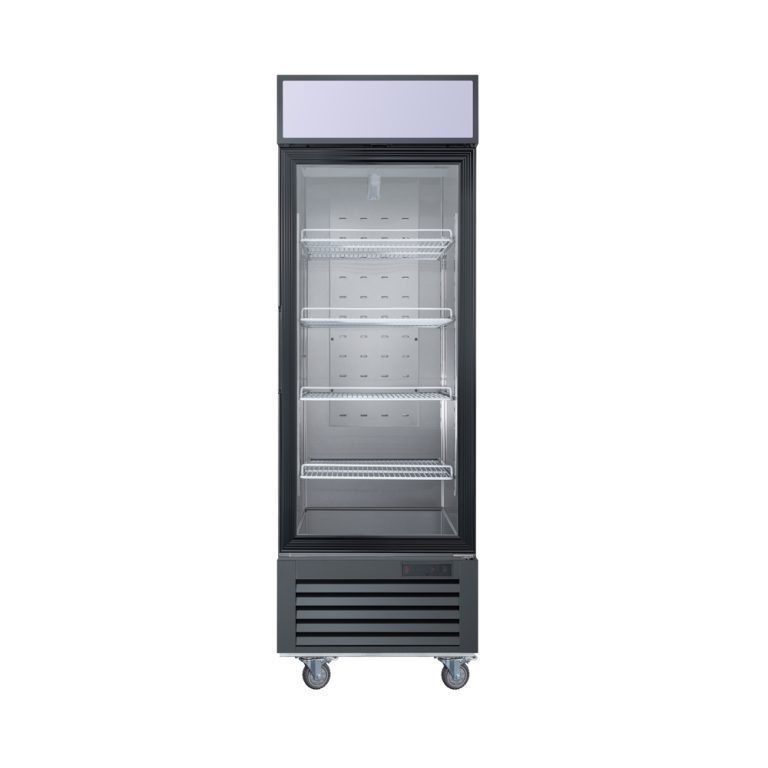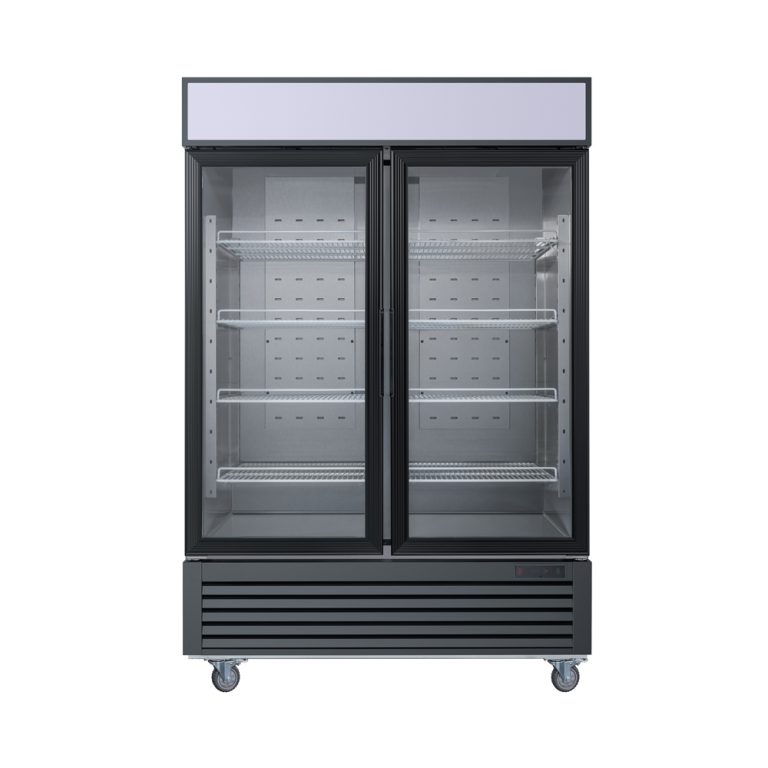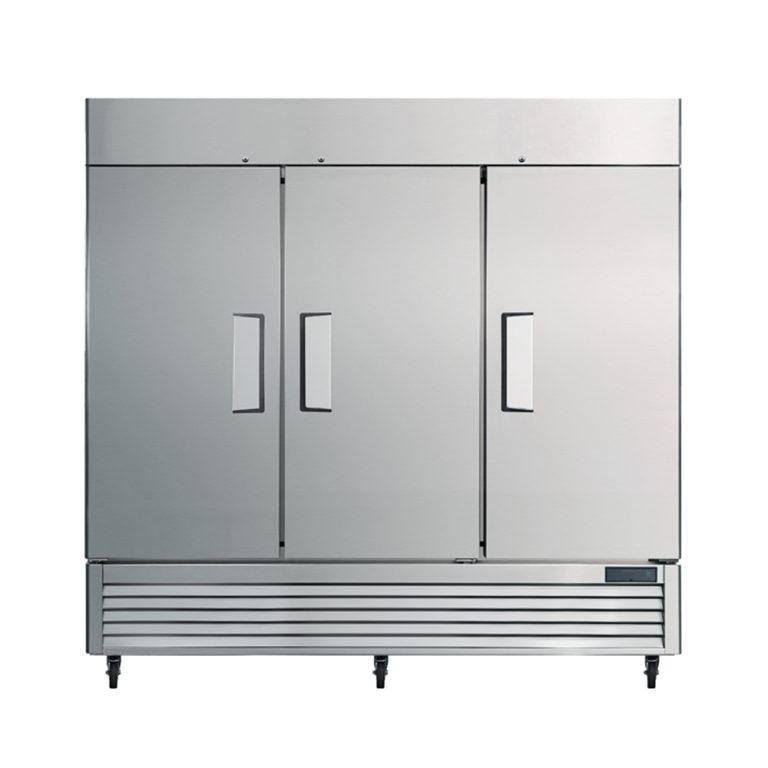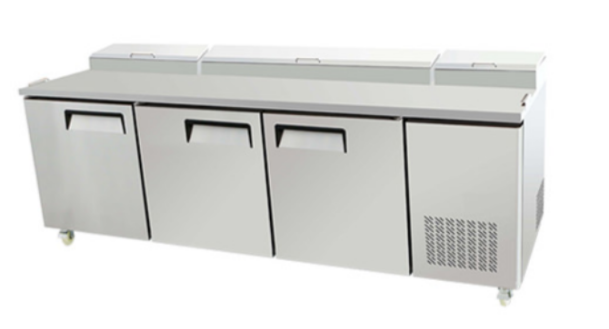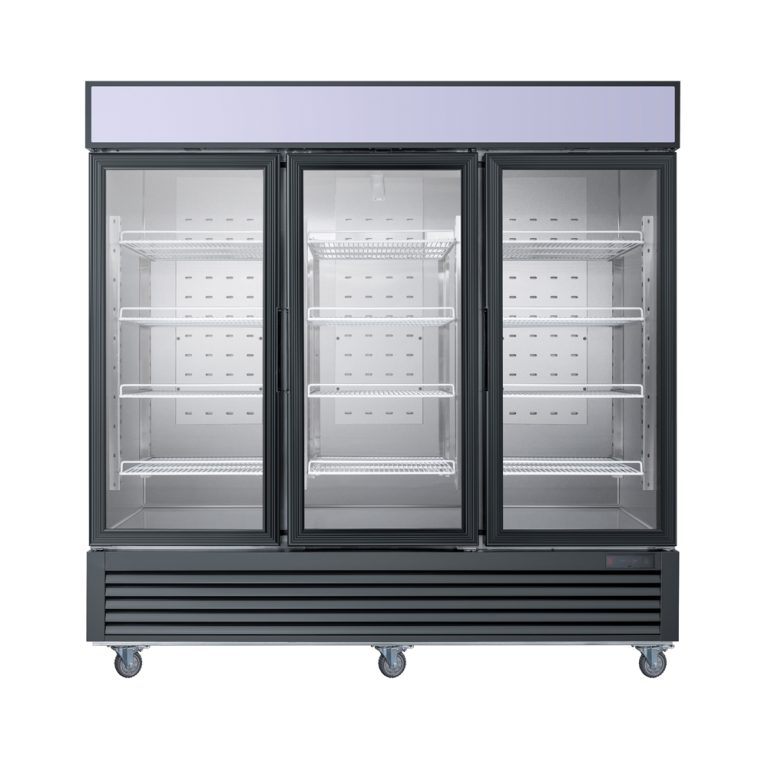Commercial Ice Maker: High-Efficiency and Durable Ice Making Solutions by Zhejiang Kaimei Catering Equipment Co., Ltd.

In the fast-paced food service industry, having a reliable and efficient commercial ice maker is essential for meeting customer ...

